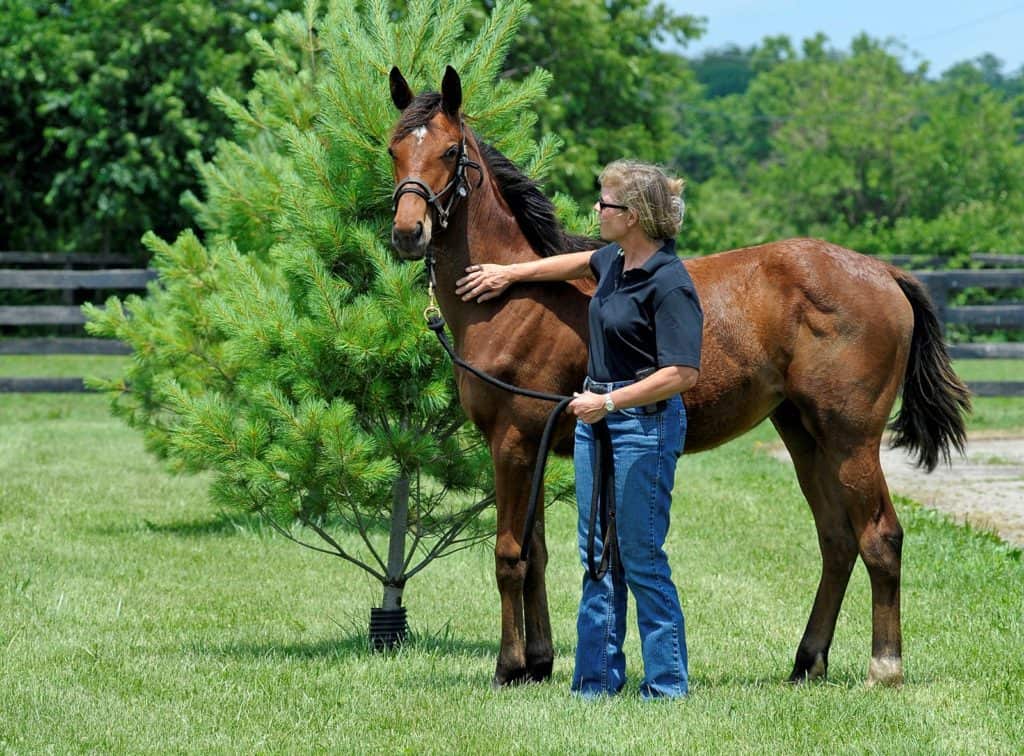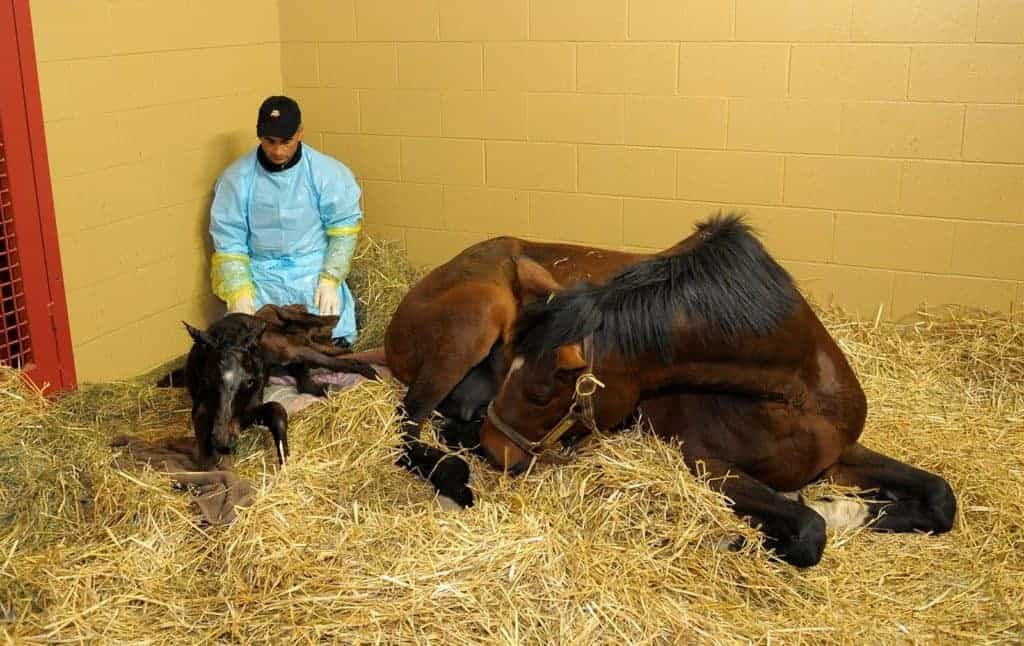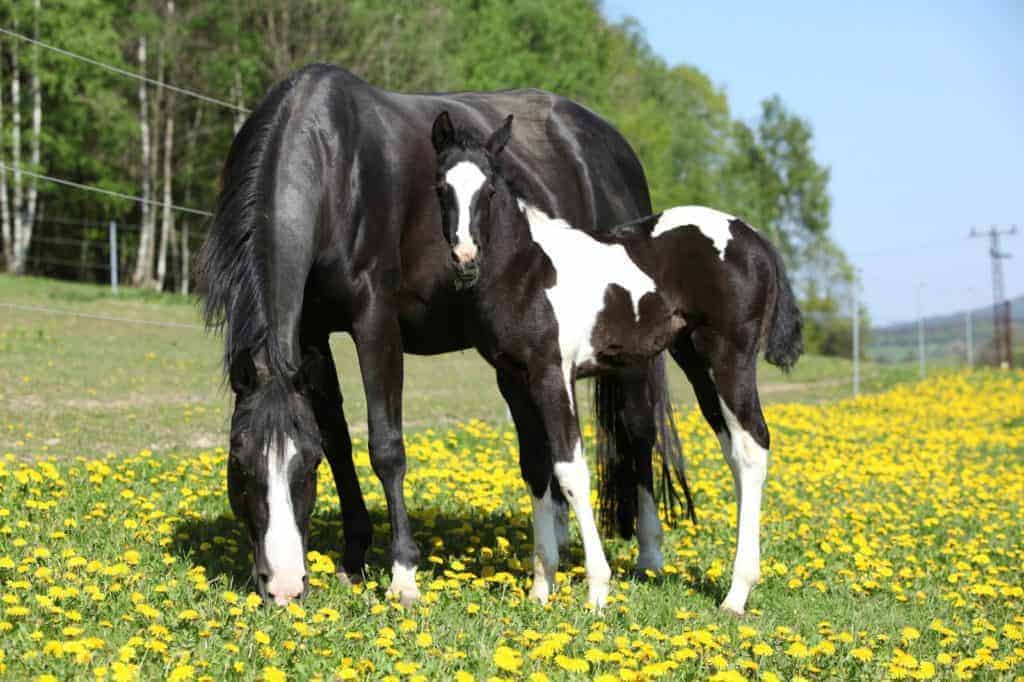
Preemies, Bone Development, and Eventual Racing Performance
Though the overall prognosis isn’t great, some foals with incomplete ossification can race if managed properly.

Though the overall prognosis isn’t great, some foals with incomplete ossification can race if managed properly.

Studies focused on ophthalmology, gastrointestinal disease, foal medications, pain management, and more.

While it’s not yet commercially available, vets recently constructed and tested a CPAP machine for equine neonates.

Of the 634 respondents, 531 (81%) said they have owned a horse 4 years old or younger.

Heart rate variability gives a broader and possibly more accurate look at fetal well-being than heart rate alone.
Researchers recently diagnosed the first homozygous case of Warmblood fragile foal syndrome (WFFS), a genetic disorder.

Researchers found that older weanlings appear to be–and seem to stay–more dominant in the social hierarchy.

Researchers say the uterine environment can significantly impact a foal’s future bone health, metabolism, and more.
Lecture topics will include dystocia, care of a sick foal, and postpartum mare management.

This finding is the first molecular characterization of resistance to three classes of antibiotics in R. equi.
Lecture topics will include mare, stallion, and foal care; navicular syndrome; the digestive tract; and more.
Foal sitters assist veterinarians and staff with a variety of tasks in the neonatal intensive care unit.

Growing horses require specific nutrients, vitamins, and minerals to aid in proper development.

If you administer CPR to a foal that’s not breathing in time, your baby could be one of the 40-90% that fully recover.

Are you considering breeding your mare? Do your homework ahead of time to ensure it’s the right choice for you.

Tyzzer’s disease primarily affects foals’ livers, causing necrotizing hepatitis (liver disease).
Stay on top of the most recent Horse Health news with
"*" indicates required fields